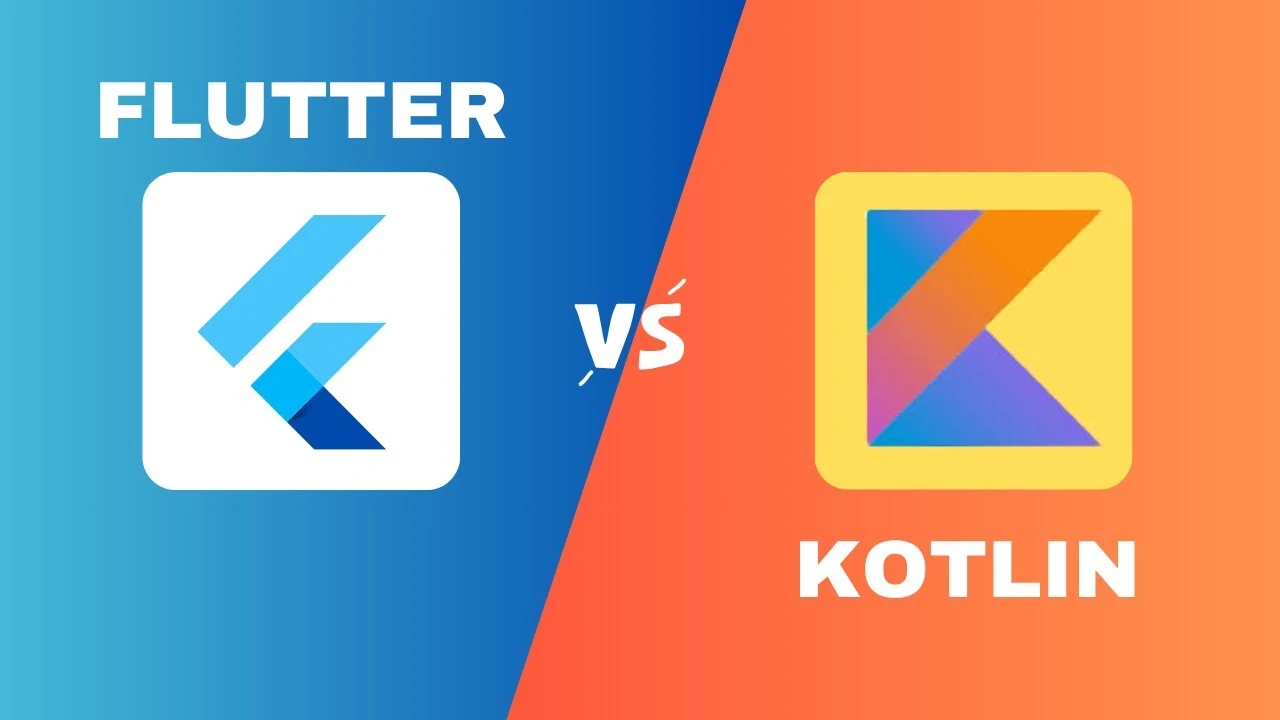In this article, we will be comparing Kotlin Multi-Platform with the well-established Flutter framework. Both Kotlin Multi-Platform and Flutter are relatively young development tools created to support cross-platform applications. Each solution has its unique approach to building cross-platform programs.
Flutter: A Brief Overview
Flutter is a relatively young UI framework created by Google in 2017. It's open source and offers excellent documentation, tutorials, and videos, making it developer-friendly. Flutter's key architectural feature is its own rendering engine based on Skia.
Building applications in Flutter requires Dart, a statically typed language known for its modern features. Dart aims to provide a client-optimized language for fast-running apps on various platforms, making it ideal for front-end development of mobile and web apps. Notably, Flutter has been used to build secure and high-performing applications, including Google Ads, Google Pay, Alibaba, and more.
Pros of Flutter
-
Easy to Learn: Learning Flutter is straightforward, especially if you're comfortable with Dart. The framework offers excellent documentation, making it accessible to new developers.
-
Hot Reload: Flutter's hot reload feature allows developers to see code changes in real-time, speeding up development and increasing productivity.
-
Outstanding Performance: Flutter maintains a constant 60 frames per second, ensuring smooth picture display. Recent updates have introduced algorithms to optimize memory usage without compromising app performance.
-
Rich UI Library: Flutter offers ready-made widgets for creating UIs, providing a consistent and unified object model, unlike some other frameworks that use different objects for layouts, views, and controllers.
Cons of Flutter
-
Large App Size: Flutter apps can have larger file sizes compared to native apps due to the inclusion of the Flutter engine, potentially increasing download and installation times.
-
Small Community Base: While Flutter's community is growing rapidly, it may not be as extensive as some other frameworks, making it challenging to find solutions to specific problems or obtain community support.
Kotlin Multi-Platform: An Overview
Kotlin Multi-Platform, developed by JetBrains, is an SDK that allows code sharing with minimal effort across various systems. It's based on Kotlin, a modern statically typed language that can be compiled to Native platform code, JavaScript, or Java Virtual Machine code.
Kotlin Multi-Platform is highly extensible and scalable, allowing programmers to implement features by sharing common code or using native methods. It simplifies the migration of functioning native apps to a cross-platform solution.
Pros of Kotlin Multi-Platform
-
High Extensibility and Scalability: Kotlin Multi-Platform enables the scaling of existing applications, making it easy to implement features using shared code or native methods, promoting app scalability.
-
Easy Migration: Migrating a functioning native app to Kotlin Multi-Platform is straightforward, eliminating the need to rewrite the entire app.
Cons of Kotlin Multi-Platform
-
Experimental Stage: Kotlin Multi-Platform is still in beta version, meaning it is undergoing development and relies on developer feedback. However, future versions are expected to simplify the migration process.
-
Architecture: The architecture in Kotlin Multi-Platform lacks a well-defined structure, and many current approaches are experimental. This can lead to challenges in certain scenarios.
Conclusion
Kotlin Multi-Platform is in its early stages of development and has the potential to become a standard cross-platform development solution. On the other hand, Flutter is cost-effective, stable, and allows for fast app development with few limitations. Choosing between the two depends on your specific priorities and project requirements.
Let us know in the comment section below which framework you prefer and why. Don't forget to like the video and subscribe to our channel for more informative content. See you in the next video!


No comments yet